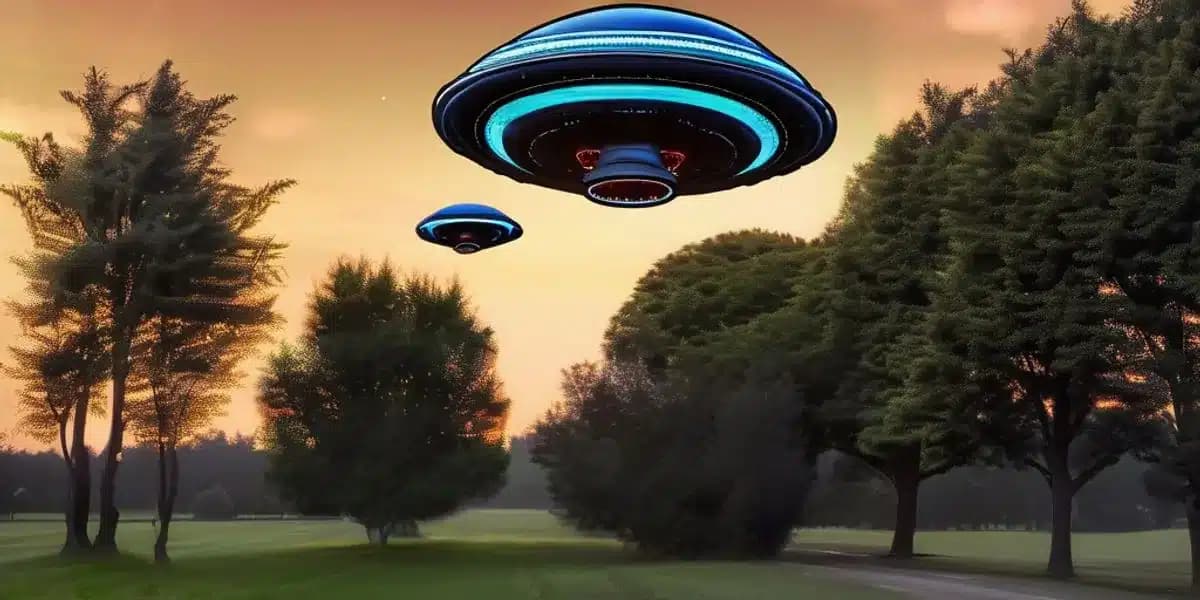
UFO Sightings 2023: Analyzing the Latest Reports from Around the Globe
The fascination with Unidentified Flying Objects (UFOs) has continued into 2023, with numerous sightings reported from various corners of the globe. As speculation and interest grow, this article delves into the latest UFO reports, analyzing data, scrutinizing scientific perspectives, and exploring the cultural impact of these mysterious observations. We'll look at hotspots for sightings, scientific […]